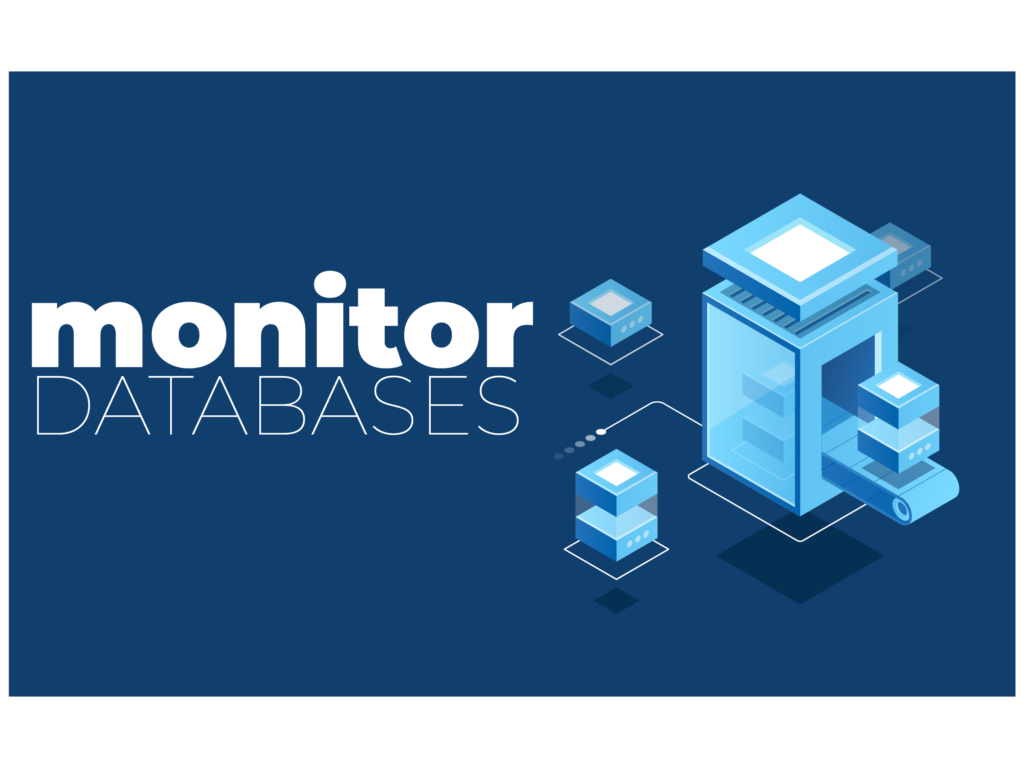

For many organizations, the practice to monitor databases is reactive. It’s an insurance policy triggered only after the fire has already started: the application is slow, users are complaining, transactions are failing. In this crisis mode, teams rush to infrastructure dashboards, look for CPU or I/O spikes, and try, under pressure, to find the root cause. This approach is not a strategy; it’s a gamble. And in a digital economy where performance is synonymous with revenue, it’s a gamble you can’t afford to lose.
To monitor databases effectively is not about collecting metrics; it’s about getting answers. It’s the strategic ability to go beyond “is it online?” to “is it healthy?”. It’s the difference between knowing that the CPU is at 90% and knowing which specific query, called by which application, is causing that consumption. This essential guide redefines what it means to monitor databases in modern environments, moving from the surface of the infrastructure to the depth of the workload, where the real performance problems live.
The Failure of Traditional Monitoring
The reason many teams struggle to resolve incidents quickly is that their monitoring tools operate in silos, each with a critical blind spot. To monitor databases holistically, you need to understand the limitations of each layer.
The Infrastructure Blind Spot
Server monitoring (CPU, RAM, I/O) is fundamental, but incomplete. It shows the symptoms of a problem, not the cause. Knowing that disk I/O is high is useful, but ineffective if you don’t know which query is forcing the database to read millions of unnecessary pages.
The APM Tools Blind Spot
Application Performance Management (APM) tools are excellent for tracking performance within the application code. They can identify a database call as a bottleneck, but their visibility stops there. They cannot explain why the query was slow. Was it a bad execution plan? Lock contention? Stale statistics? Without this depth, the task to monitor databases is only half-done.
The Essential Pillars to Monitor Databases
An effective and complete monitoring strategy is based on four interconnected pillars.
1. Workload Performance
This is the heart of any good tool to monitor databases. You need granular visibility into the queries that are being executed.
- Key Metrics: Query latency (min, max, average), execution plans, resource consumption per query (CPU, I/O), wait statistics, and identification of the “Top Queries” that represent the biggest load on the system.

2. Health and Resource Utilization
This layer connects the workload to the underlying infrastructure.
- Key Metrics: Memory cache efficiency (Buffer Cache Hit Ratio), growth of data and log files, connection utilization, and resource contention like locks and latches. To monitor databases at this level prevents outages due to lack of space or connection exhaustion.
3. Security and Access Auditing
Security cannot be separated from performance. Anomalous access activity often first manifests as a performance problem.
- Key Metrics: Access patterns by user and application, detection of logins from unusual IPs, identification of queries to sensitive tables, and auditing of privilege changes. To monitor databases for security is about protecting your most valuable asset.
4. Availability and Resilience
For clustered and high-availability environments, monitoring must ensure that failover mechanisms are healthy.
- Key Metrics: Replication latency, cluster node status, detection of unexpected elections or failovers, and backup health.
dbsnOOp: The Evolution to Monitor Databases with Observability
Collecting metrics from the four pillars above is just the beginning. True intelligence comes from the ability to correlate them. dbsnOOp was designed as an observability platform that breaks down silos to provide a single source of truth.
When you use dbsnOOp to monitor databases, you don’t just see isolated metrics. You see the complete chain of events: the platform correlates a CPU spike on the server with the specific query that caused it, which in turn is linked to a transaction in your application. Instead of an alert that says “high CPU,” you receive a diagnosis that says, “CPU is high because of this query, which is inefficient due to a missing index. Here is the script to create it.”
This approach transforms the task to monitor databases from a reactive exercise of firefighting into a proactive discipline of performance and reliability engineering.
Stop just collecting metrics. Start getting answers. Schedule a meeting with our specialist or watch a live demo!
Schedule a demo here.
Learn more about dbsnOOp!
Learn about database monitoring with advanced tools here.
Visit our YouTube channel to learn about the platform and watch tutorials.

Recommended Reading
- dbsnOOp: The Monitoring and Observability Platform with an Autonomous DBA: The fundamental reading that details the platform’s vision and how it implements the concepts discussed in this article to monitor databases intelligently.
- Cloud Monitoring and Observability: The Essential Guide for Your Database: This article delves into the specific challenges and strategies to monitor databases in dynamic cloud environments, where performance is directly linked to costs.
- The Difference Between Log Monitoring and Real-Time Monitoring: This post reinforces the importance of a proactive approach, explaining why real-time monitoring is superior to reactive log analysis for maintaining the health and stability of your environment.

